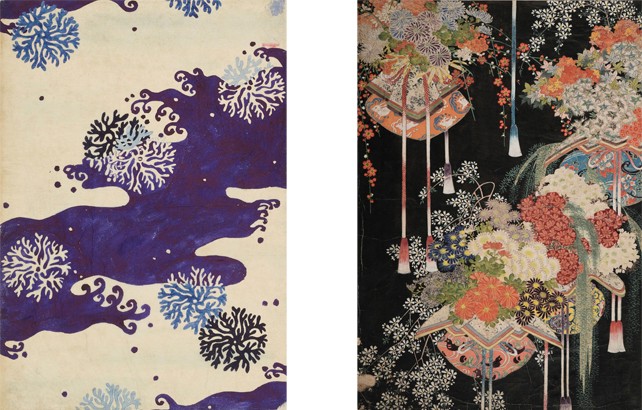
Last week, I attended an art exhibition of old kimono in Kyoto. That day was muggy as usual.
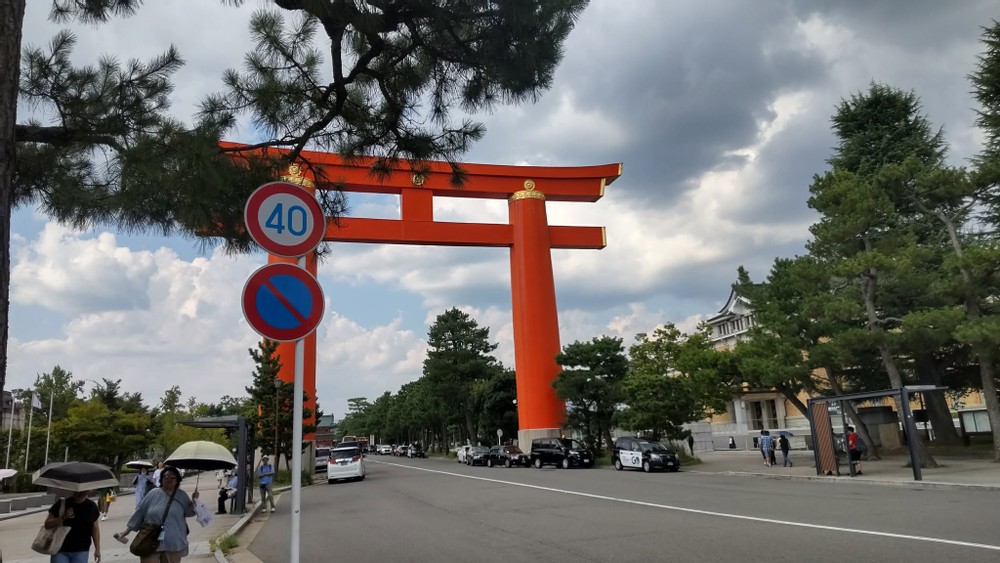
After passing through the torii (the large red gate), I reached the museum.
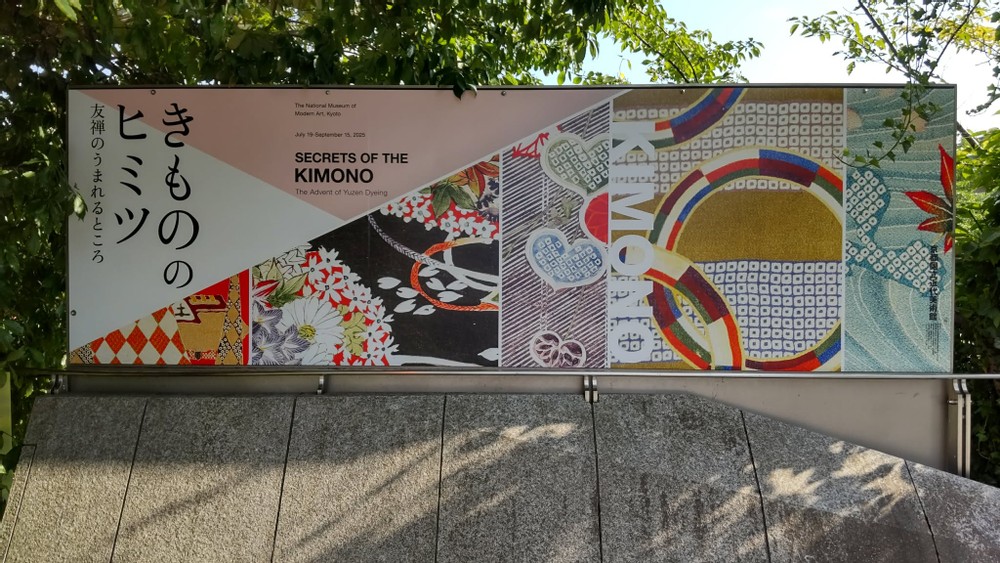

A big poster greeted me at the entrance.
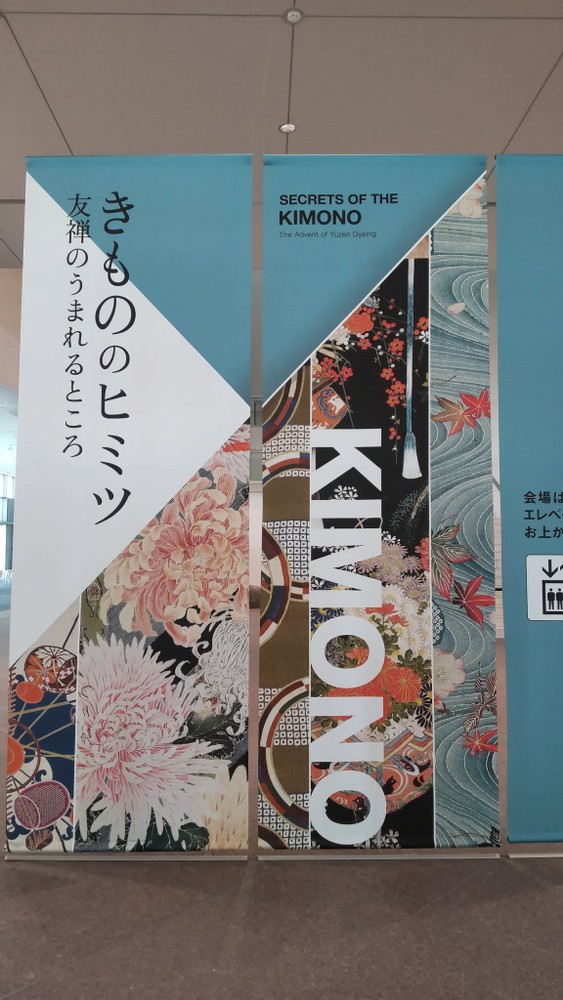
Unfortunately, photography wasn't allowed inside, so as always, I bought a catalog. I've shared some pictures with you.
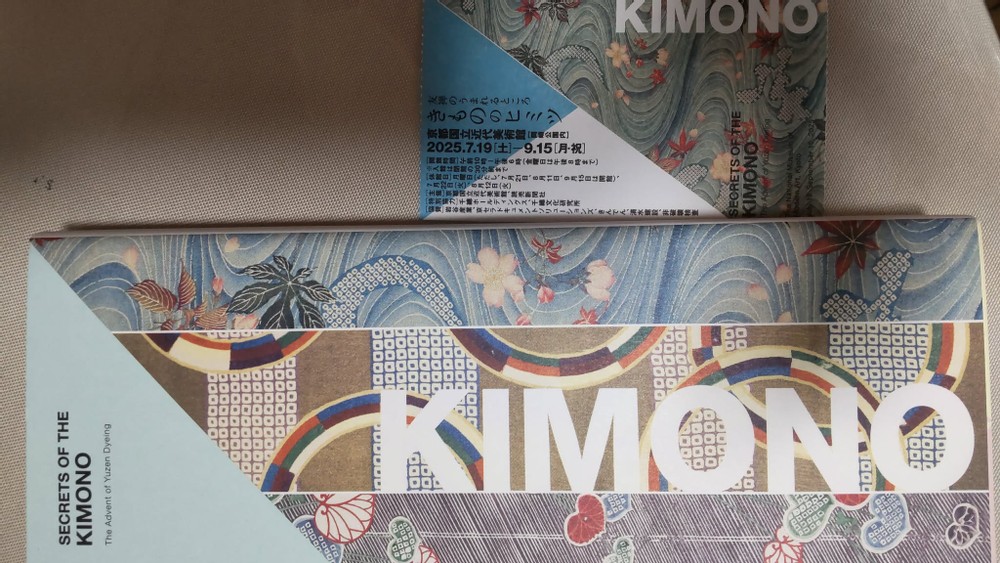
Most of the kimono on display were from the 18th century, which were decorated by breathtaking embroideries and dyeing technique called yūzen. There are three famous regions for yūzen: Kyoto, Ishikawa Prefecture, and Tokyo. The exhibition focused on Kyo yūzen.
The five pictures below shows wedding kimono, and the first kimono featured a camellia design. The flowers were beautiful embroideries.
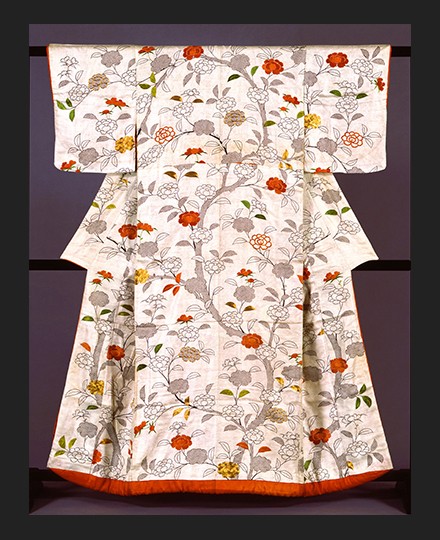
The second kimono was drawn pine trees.
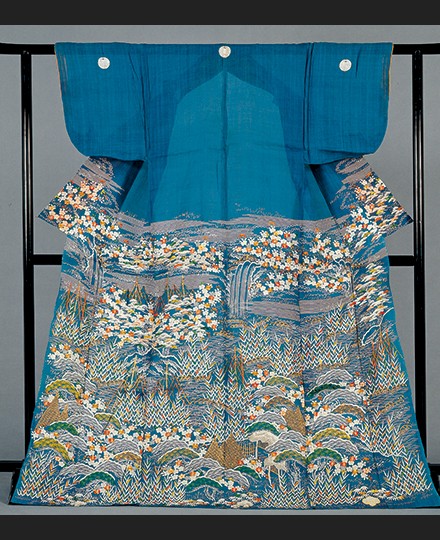
The third one was two phoenixes. Its design was especially stunning from others and looked flawless.
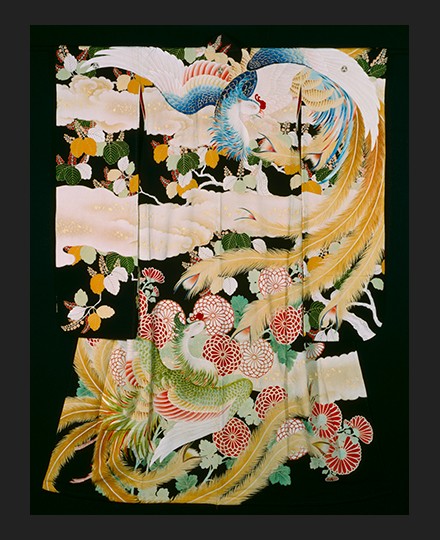
The fourth one displayed cherry blossoms.
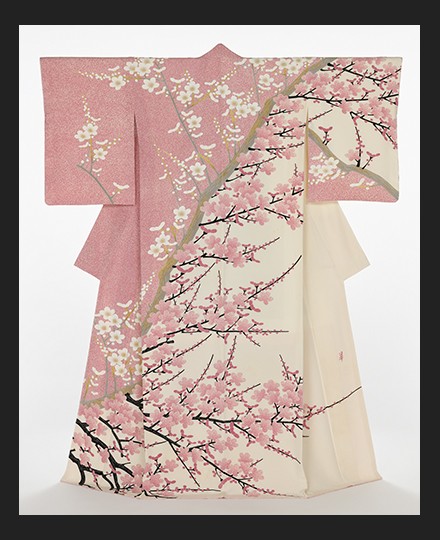
The last kimono featured a big pine tree with a flowing river. The river-looking motif is called kanzemizu in Japanese. In Japan, these patterns in five kimono were traditionally used for celebrations such as wedding.
The yuzen techniques made creating complex designs easier and kimonos look more artistic.
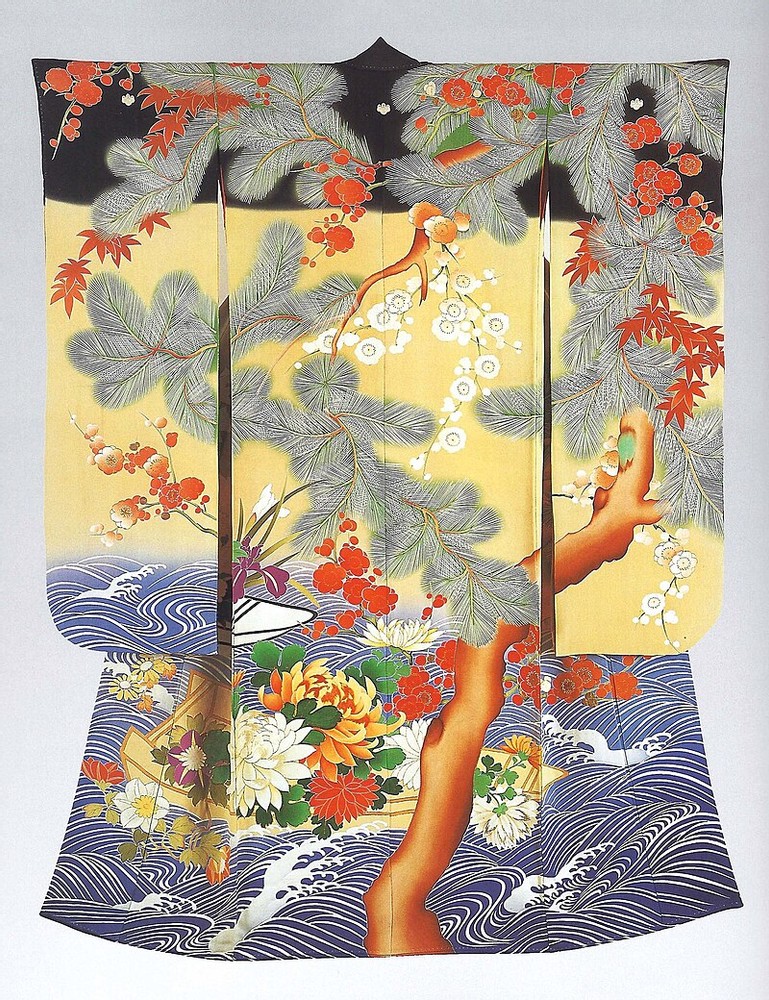
When seeing those kimono, I thought Japanese people three hundred years ago must be very short because the kimono length was short. They would probably be too short for modern Japanese people. Our diet has changed a lot since then, and rich nutrition has grown us much taller.
I also enjoyed looking around beautiful drawings for kimono. Painters drew very detailed sketches, and yuzen craftsmen brought them to life with dyeing. It reminded me of ukiyo-e. Many Japanese crafts involve teamwork. For example, ukiyo-e required painters, woodblock carvers, and printers. Back then, everything was handmade, and it was common. Today, we can no longer create such magnificent kimono by hands because we lack artisans with those extraordinary skills.
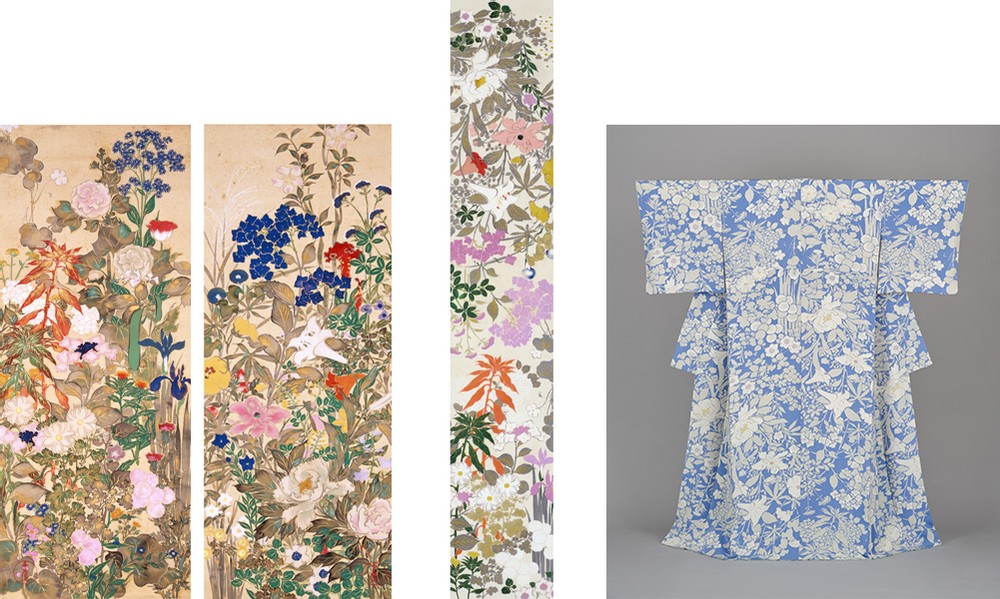
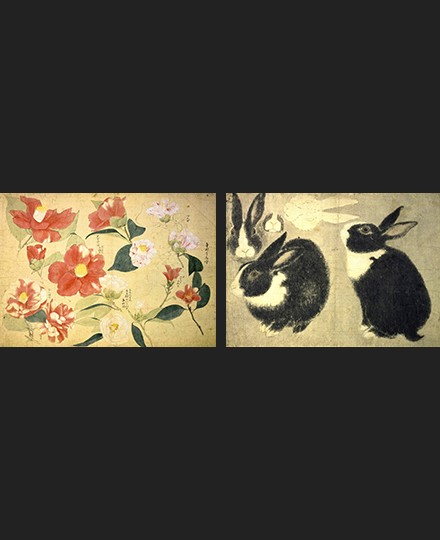
It was fascinated to look at the lively chrysanthemum drawing.
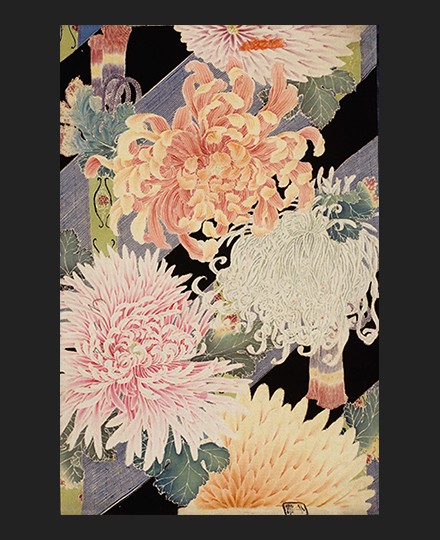
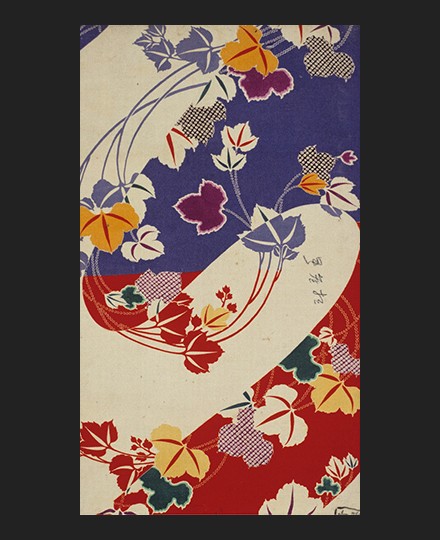
I was captivated by the right side pattern called kusudama in Japanese. There were full of inspiring ideas for porcelain painting, and I'd love to try creating new pieces with these hints.
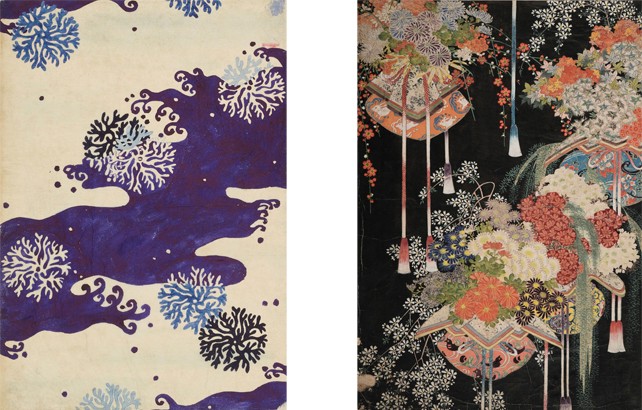
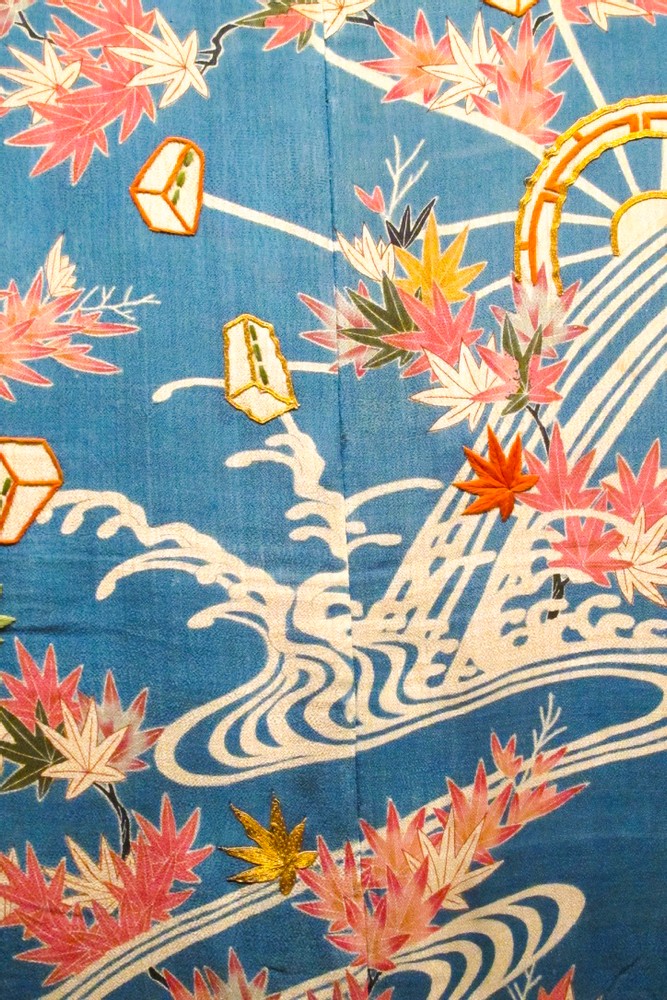
(4993)
Do some people wear kimonos in public, or is it only for special occasions?
By the way, I looked up the population number in Japan. It's much higher than ours in Egypt, although Egypt is bigger (most of the land is desert; however)
These kimono are stunning! I especially like the stark constrasting pattern of the cherry blossoms. I went to a kimono exhibition in Dundee and the kimono there were also incredible.
@Double-Zee Yes, they do. In the summer you can see people in summer kimonos called yukata in Japanese a lot for summer festivals. Some people wear them for tea ceremonies, flower arrangements or just going out.
@schmamie Thank you for the corrections. I like the cherry blossoms' one too. The design looks very unique. I'm sure the exhibition must be stunning!